
Why Should You Flip a Honey Jar Before Buying It? 5 Expert Tricks to Spot Fake Honey
Pure honey has long been known as “liquid gold” for its rich nutrients, quick energy boost, digestive support, and natural antibacterial properties. But because of its high value, honey is often counterfeited or diluted with syrup, flavorings, or chemicals. Fake honey not only lacks nutrition but may also pose health risks.
To avoid falling into the “honey trap,” here are 5 simple but powerful ways to identify real honey—tips that experienced buyers know, but most sellers hope you never learn.
1. Flip the Honey Jar Upside Down
This is a surprisingly reliable trick. Gently shake the jar and flip it upside down, then observe the bubbles and how fast the honey moves.
Real honey:
-
Small, fine bubbles that rise slowly
-
Thick, viscous texture that flows very slowly
-
Forms clear streaks on the jar wall
Fake or diluted honey:
-
Large bubbles that rise quickly and pop easily
-
Thin, runny texture that moves like sugar water
Flipping the jar helps you evaluate both thickness and physical properties in just seconds.
2. Check the Thickness, Drizzle, and Color
A simple chopstick or clean spoon test reveals a lot.
Consistency and drizzle
-
Pure honey: Forms a long, unbroken thread when lifted, and the droplet falls in a neat, rounded shape.
-
Adulterated honey: Breaks easily, drips quickly, and struggles to form threads.
Color
Real honey varies by flower source (from pale yellow to dark amber), but it always has:
-
Natural transparency
-
Slight sheen under light
Fake honey often appears:
-
Too bright or unnaturally clear
-
Cloudy or oddly separated
-
Prone to early crystallization or layering
3. Water Test and Tissue Test
These easy tests reveal dilution.
Water test
Drop a spoonful of honey into a cup of cold water:
-
Pure honey: Sinks straight to the bottom, keeping its shape
-
Fake honey: Spreads out rapidly and dissolves like syrup
Tissue test
Place a small drop on a dry tissue:
-
Pure honey: Stays thick, does not spread
-
Diluted honey: Absorbs quickly and spreads like sugar water
4. Identify Honey by Smell and Taste
Real honey has a mild, natural aroma that matches the type of flower the bees collected nectar from.
Pure honey:
-
Light, natural floral scent that evaporates quickly
-
Sweet but not harsh, with a distinct aftertaste
Fake honey:
-
Sharp, artificial smell
-
Overly sweet or chemically flavored
-
Sometimes has almost no scent due to industrial processing
If the aroma feels synthetic or overwhelming, the honey is likely fake or heavily processed.
5. Fire Test (Burn Test)
A simple heat test can expose chemical additives.
Using a matchstick, toothpick, or small metal tool dipped in honey:
Pure honey:
-
Heats up but does NOT ignite
-
Still smells like natural honey
Fake or low-quality honey:
-
May catch fire if mixed with alcohol, syrup, or chemicals
-
Produces sizzling sounds and a harsh burnt smell
This is a red flag indicating possible contamination with industrial additives.
Bonus Tip: Be Wary of “Suspiciously Cheap” Honey
Real honey requires significant labor and time to harvest. If the price is unusually low, the product is almost certainly:
-
Diluted with syrup
-
Industrial honey
-
Or simply not honey at all
News in the same category


Reverse Premature Graying With a Simple Black-Dye Remedy Using Starfruit and Potatoes!
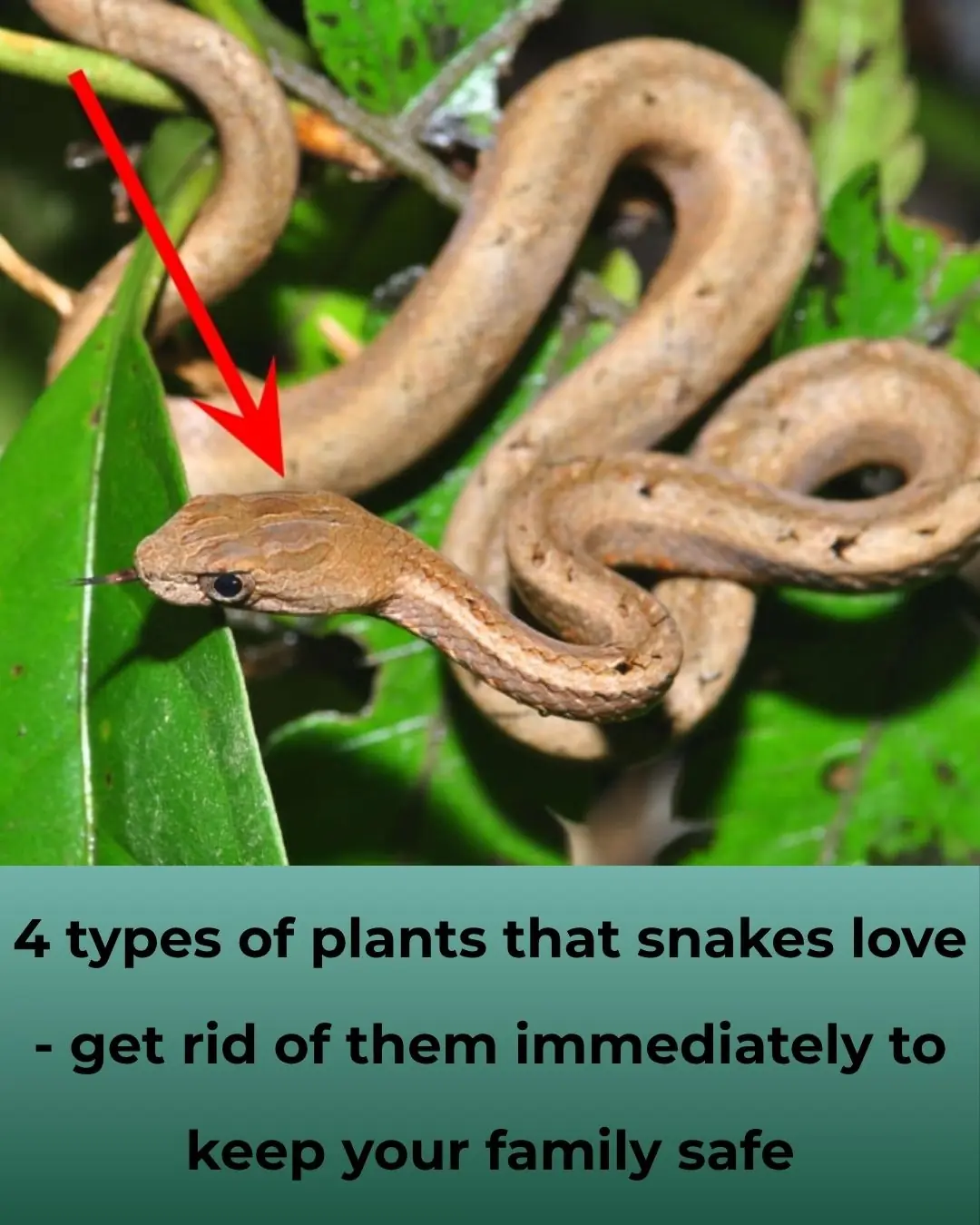
These Plants Attract Snakes — Remove Them Immediately

A Child Vanished In A Mall Restroom—The Clue Found 4 Years Later Will Give You Chills

Her MIL Said “Whoever Has A Son Will Stay” — What Happened Next Shocked The Entire Family

This Happy Little Boy’s Face Hid A Darkness That Would Shock The World

The Secret Power Of The Herb That Helps You Age Gracefully

Off The RecordThe Four Pieces In A Loved One’s Closet You’ll Regret Throwing Away

💃 Alex Kingston Details Strictly Come Dancing 'Hiccup,' Reveals How 'Number Dyslexia' Impacted Her Performance

Unmasking Dorothy: All the Details on Wicked: For Good, the Highly Anticipated Sequel 🧙♀️

💍 Secret Lives of Mormon Wives Star Jessi Ngatikaura Drops Married Name Amid Marciano Brunette Cheating Allegations

Coronation Street’s Millie Gibson Confirms Major Return: The Forsytes Season Two Is Coming 🎬

🤯 Love Is Blind’s Jimmy Presnell Becomes 'Unrecognisable' After $14.5K Hair Transplant and Full Body 'Glow Up'

Double Eviction Shocks Big Brother Housemates Just Hours Before the Grand Final 🚪

🎬 Former Emmerdale Star Dean Andrews Confirms Exit and 'Wraps' New Project in Spain Amid Fan Support

Taylor Frankie Paul and Chase McWhorter: Untangling the Romance Rumors and Dating Reality

Big Brother kicks out two stars in cutthroat move days before final

I'm A Celebrity Lisa Riley's 'real' reason for being exempt from worst trial

Eddie Murphy refused to return to ‘SNL’ after David Spade’s dig: ‘Dirty motherf—kers’
News Post

The Lion Who Loved Back: Jupiter’s Final Goodbye.

Don’t Rush to Refrigerate Lemons: This Method Keeps Them Fresh and Juicy for a Whole Year
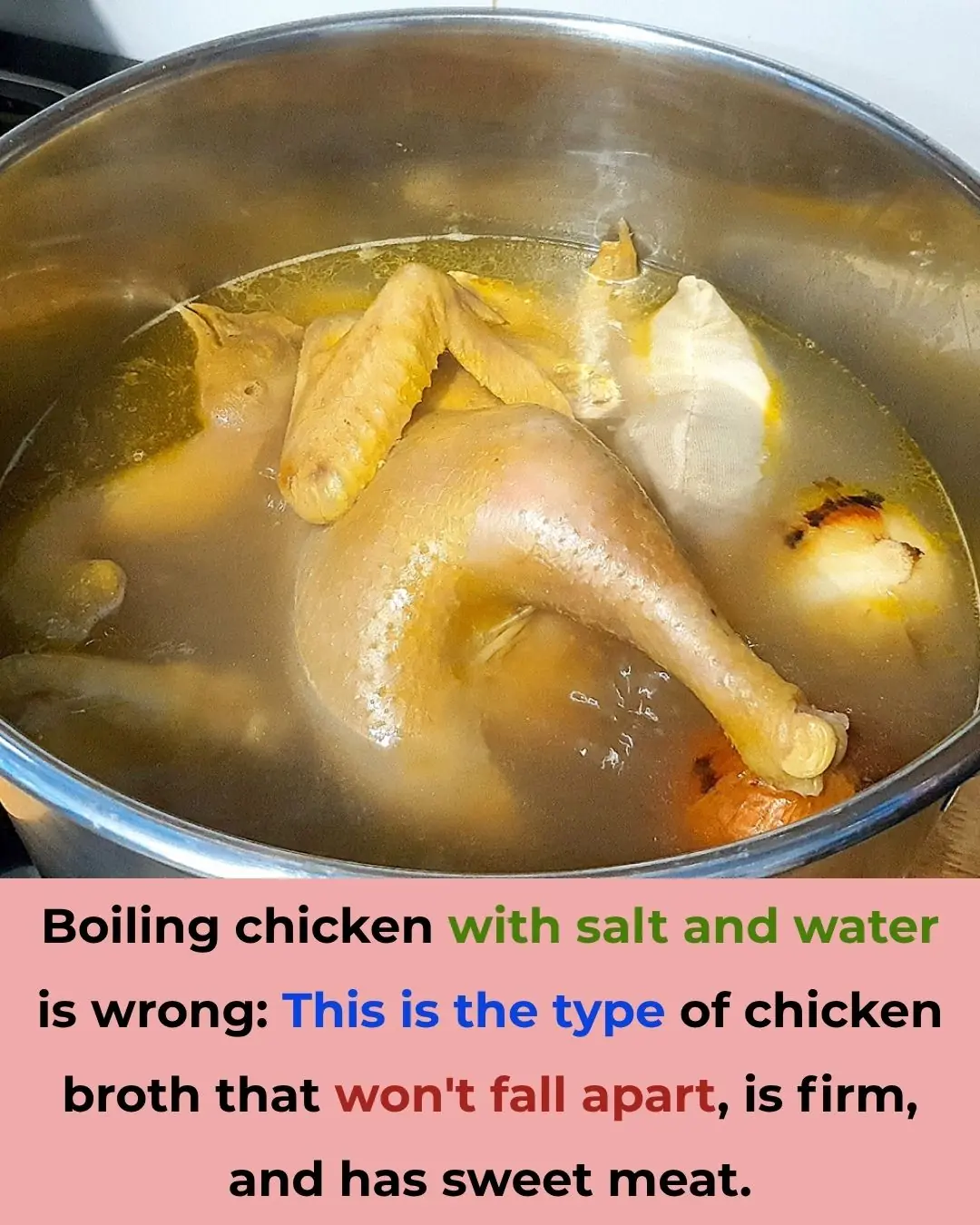
The Right Way to Boil Chicken: This Method Keeps the Meat Firm, Juicy, and Delicious
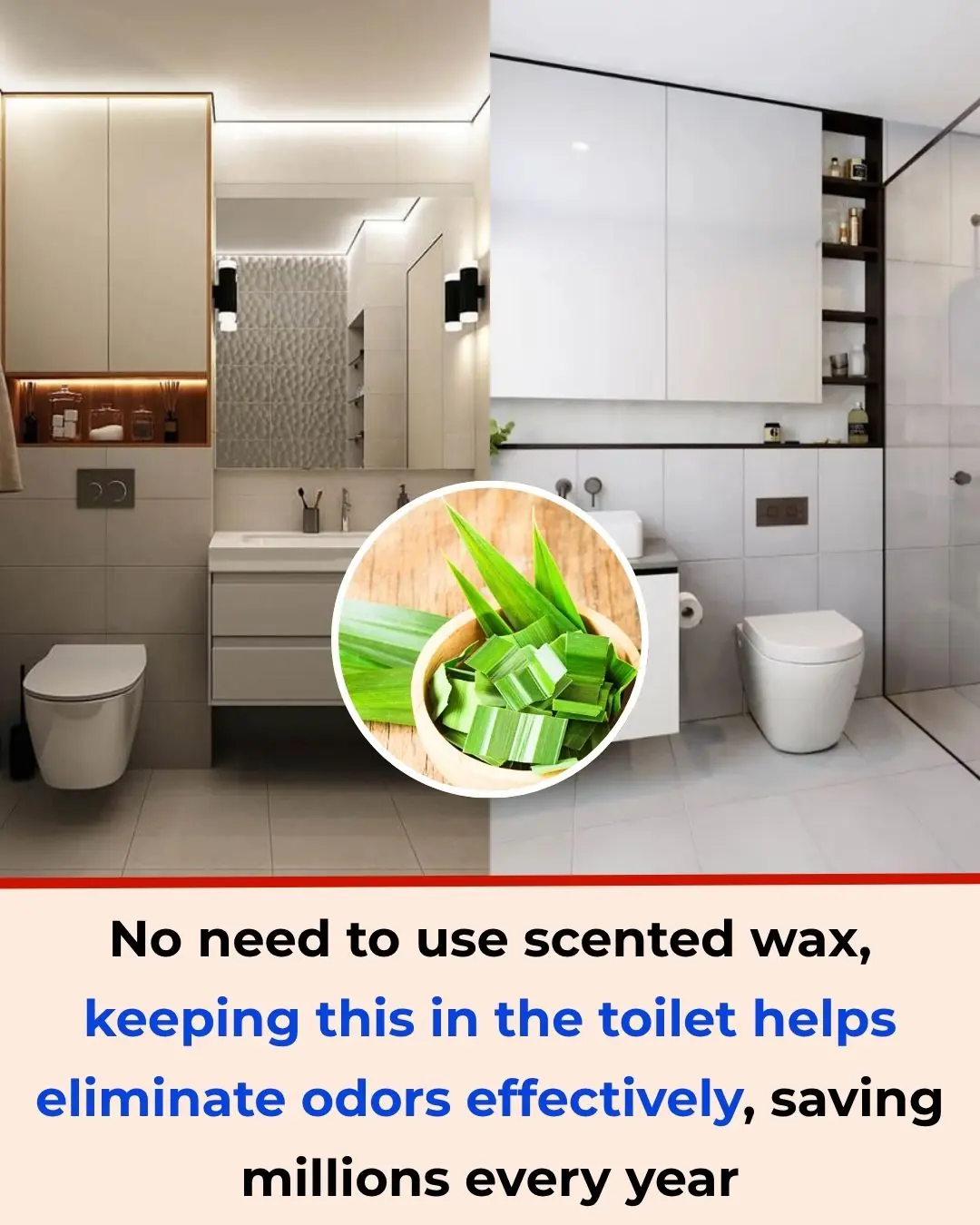
No Need for Air Fresheners: Keep This in Your Bathroom to Eliminate Odors and Save Hundreds Every Year

Why You Should Keep a Small Bottle of Medicinal Oil in Your Bathroom: Special Benefits Everyone Should Know

Six Prisoners, One Fallen Officer, and a Choice That Revealed Their True Hearts.
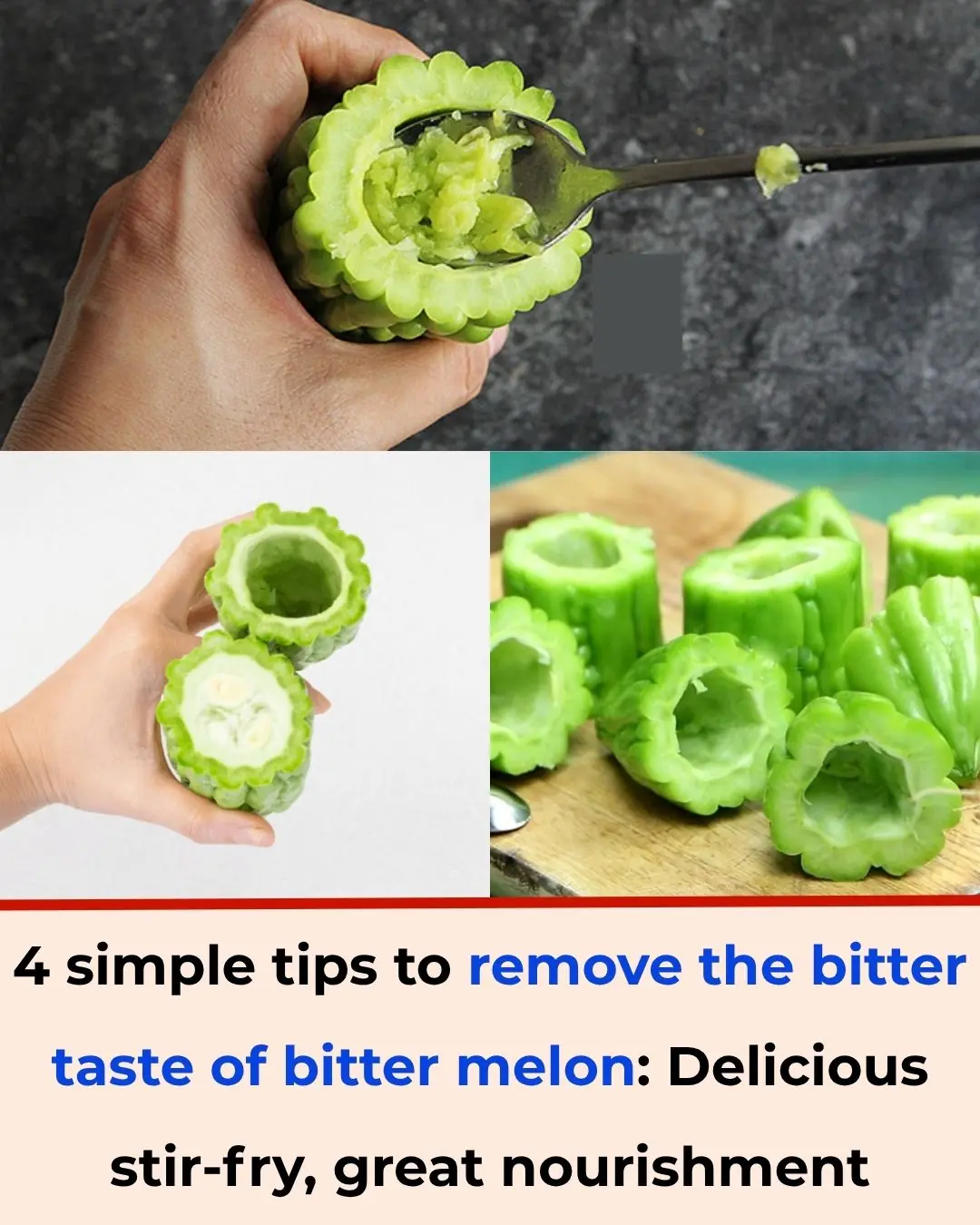
4 Simple Ways to Remove the Bitter Taste from Bitter Melon: Stir-Fry for a Delicious and Nutritious Dish

One Person Washes the Dishes, the Whole Family Gets Sick? 4 Dishwashing Mistakes Everyone Should Stop Immediately
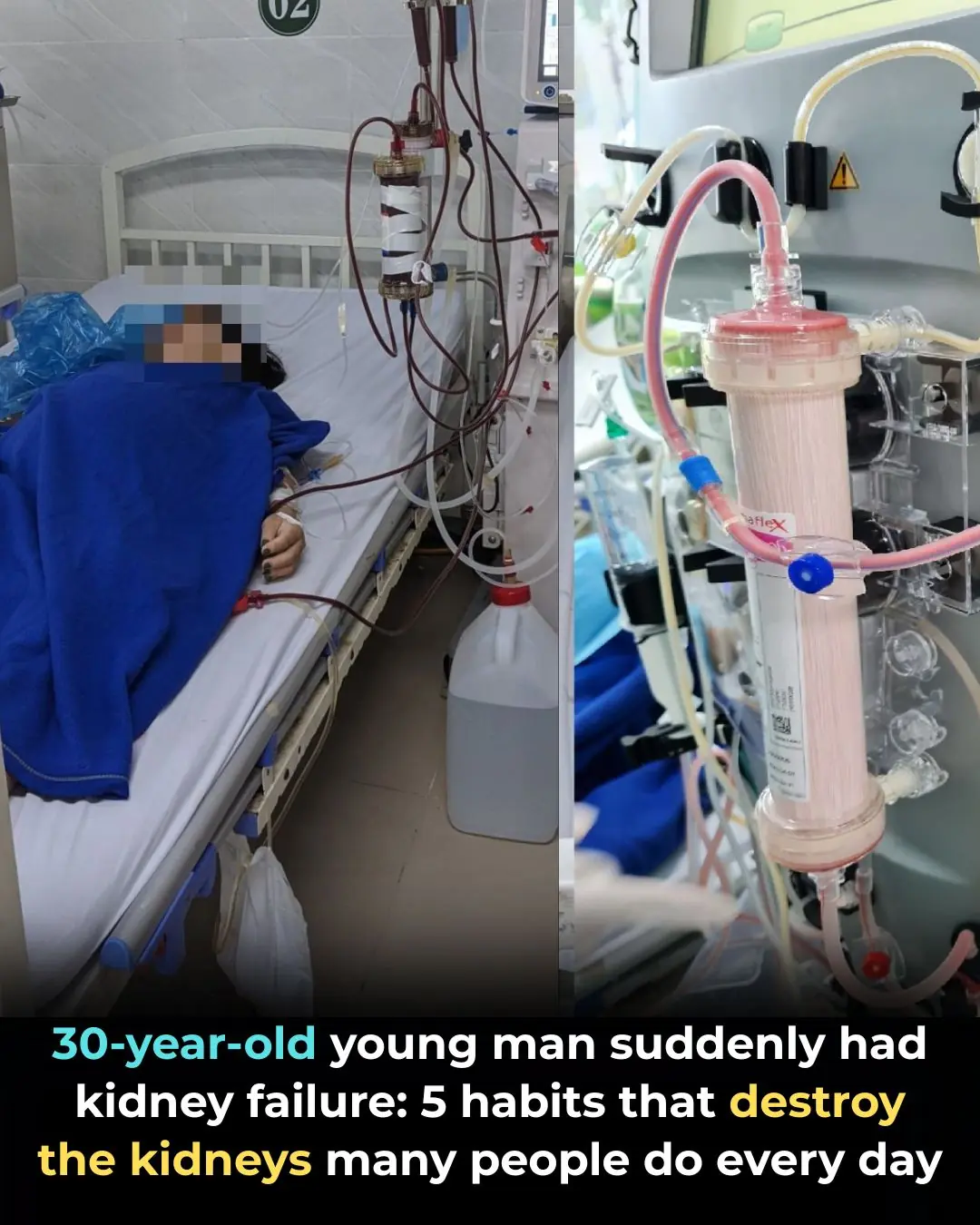
A 30-Year-Old Man Suddenly Developed Kidney Failure: 5 Daily Habits Destroying Your Kidneys Without You Realizing

“The Cry That Saved Us”: The Night Two Fort Worth Officers Refused to Give Up.

Women Who Age Faster and Live Shorter Often Do These 4 Things at Night — How Many Apply to You?

A Prom Night 76 Years in the Making.

My Husband Left Me and the Kids at Home on Christmas Eve to Celebrate at His Office Party So We Decided to Pay Him a Visit

A 42-Year-Old Man Died of a Stroke Despite Not Smoking or Drinking — Doctors Shocked to Find the Real Daily “Killer” in His Diet

Doctors Warn: 3 Common Beauty Habits That Many Don’t Realize May Increase Cancer Risks
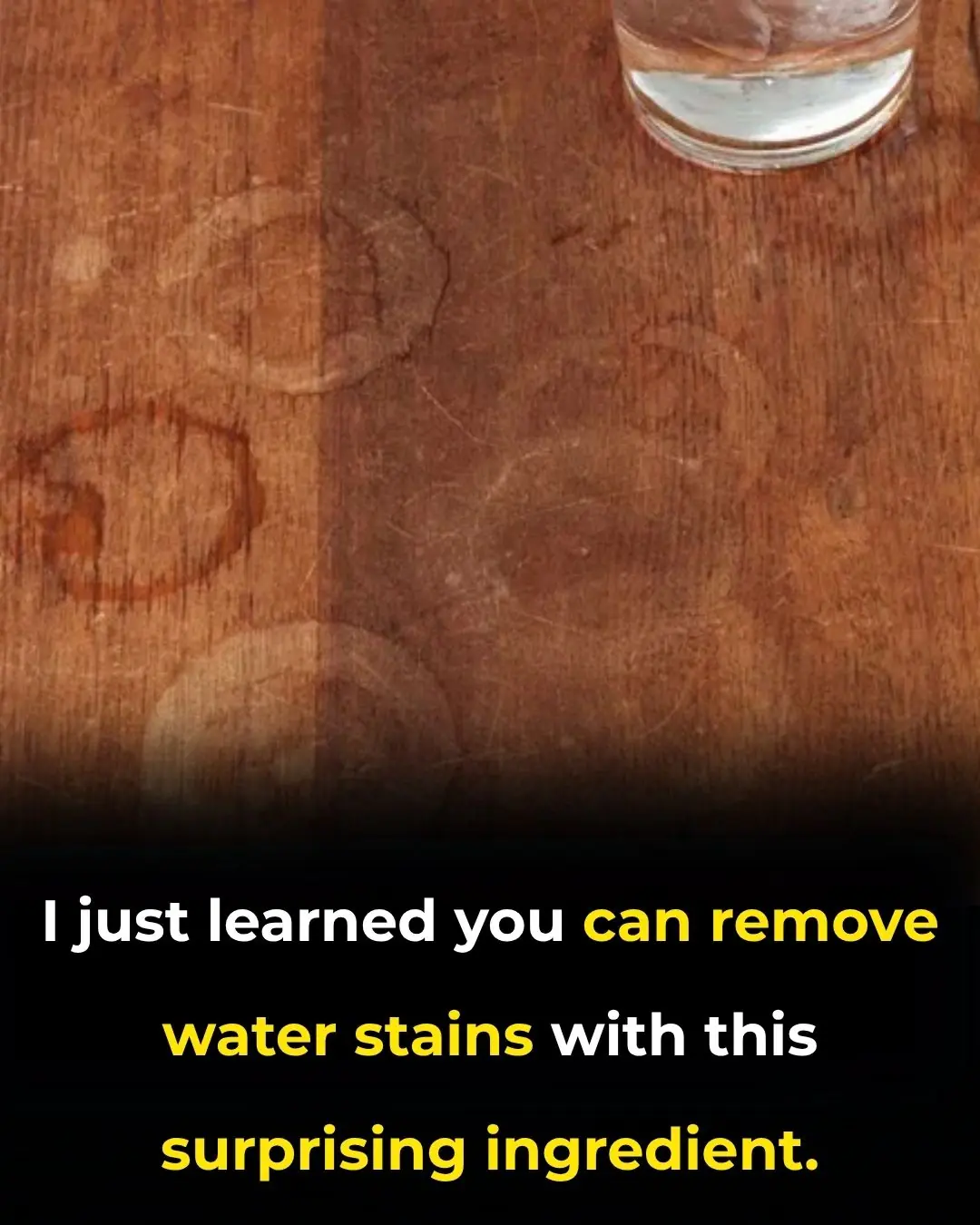
How to Remove Water Stains from Wood with Mayonnaise

I PAID FOR A STRANGER’S GROCERIES TWO YEARS AGO—AND TODAY, I GOT THIS IN THE MAIL

MY MOTHER-IN-LAW DESTROYED MY DAUGHTER’S GARDEN – I MADE HER PAY THE PRICE SHE NEVER EXPECTED

I THOUGHT THE NEW NANNY WAS AFTER MY HUSBAND UNTIL I REALIZED SHE WAS AFTER SOMETHING MORE PRECIOUS
